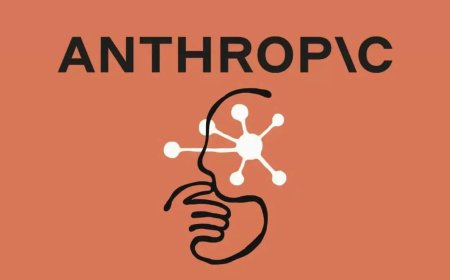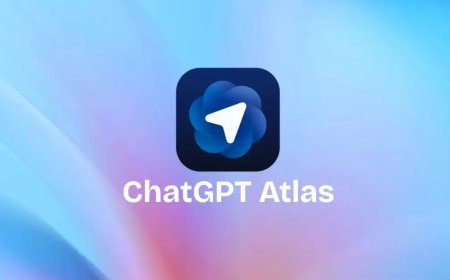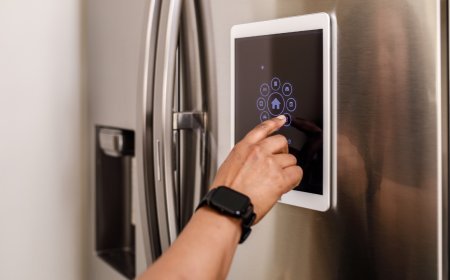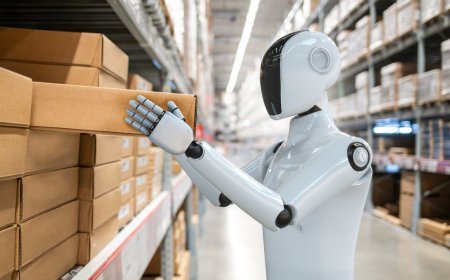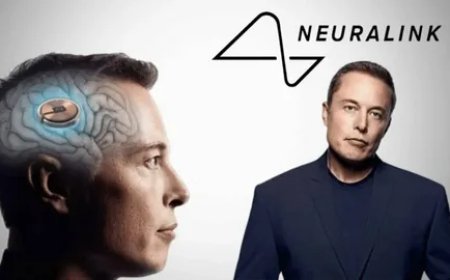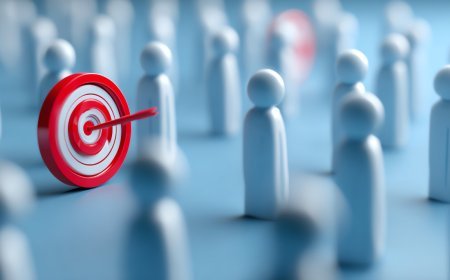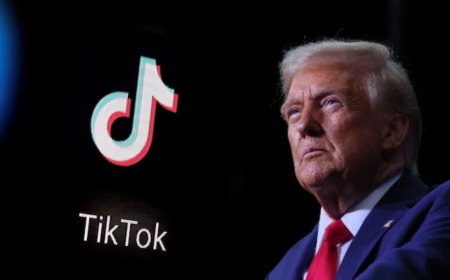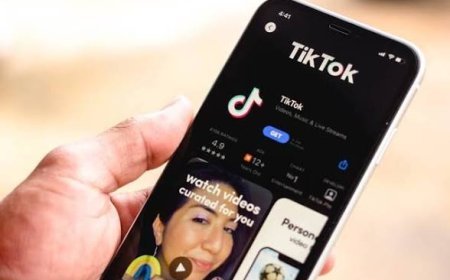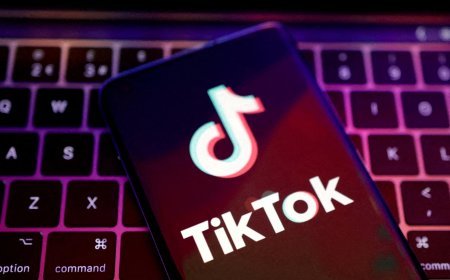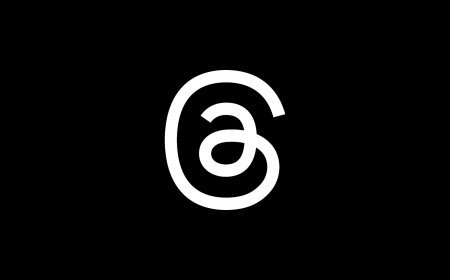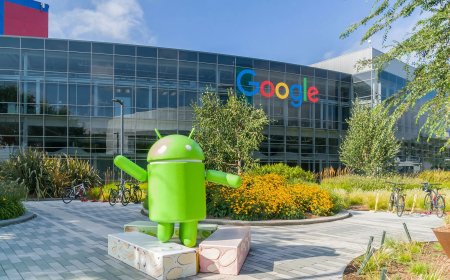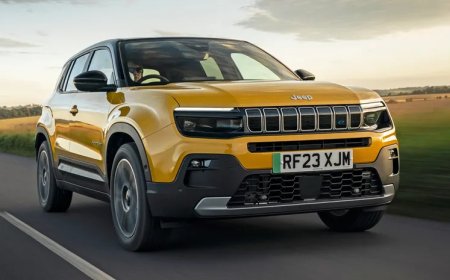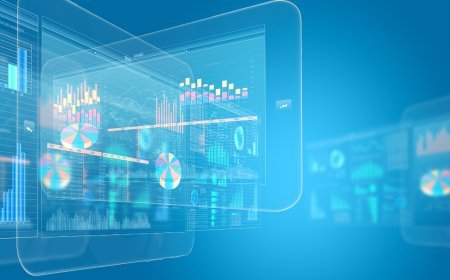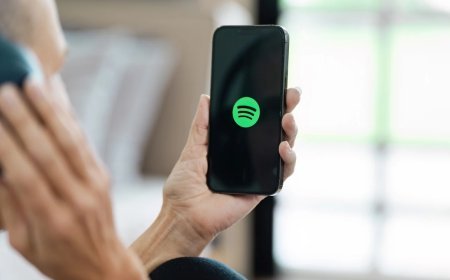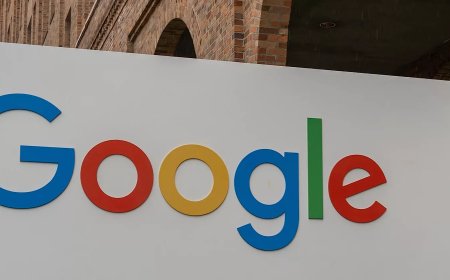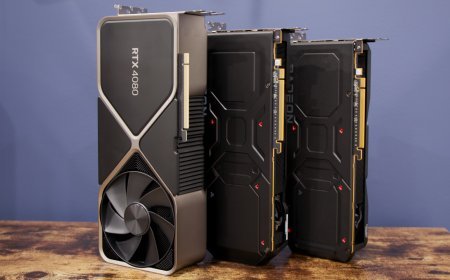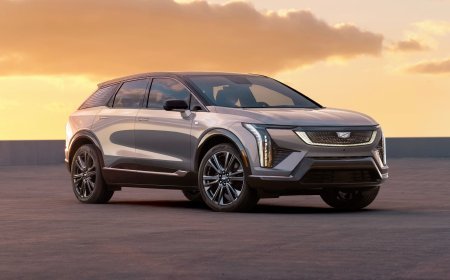Spotify and Amazon's DSP Deal Ushers in a New Era for Programmatic Audio Ads
In a landmark partnership announced on October 1, 2025, Spotify has opened its vast audio and video ad inventory to Amazon's Demand-Side Platform (DSP), enabling programmatic buying for the first time. This deal promises to supercharge programmatic audio advertising by blending Amazon's shopper data with Spotify's 696 million engaged listeners, potentially lowering costs, boosting reach, and transforming how brands target music-streaming audiences. This article explores the mechanics of the agreement, its immediate benefits, and the broader ripple effects on the evolving audio ad landscape.

The audio advertising world just got a major remix. On October 1, 2025, Spotify and Amazon Ads unveiled a global partnership that integrates Spotify's premium ad inventory directly into Amazon's DSP. For advertisers already leveraging Amazon's robust tools, this means seamless access to one of the planet's most captive audiences: Spotify's 696 million monthly active users, who collectively spend over two hours a day grooving to podcasts, playlists, and videos. At a time when programmatic audio ads are projected to grow exponentially—fueled by rising smartphone penetration and voice tech—this deal isn't just an integration; it's a catalyst for efficiency and innovation in a fragmented market.
What the Deal Entails
At its core, the agreement allows brands using Amazon DSP to programmatically purchase Spotify's audio and video ad slots. Programmatic advertising, which automates ad buying via real-time bidding and data-driven targeting, has long been a staple in display and video but has lagged in audio due to measurement challenges and limited inventory access. Now, Amazon DSP users can tap into Spotify's ecosystem starting immediately in key markets like the U.S., U.K., Canada, Germany, France, Italy, Spain, Brazil, and Mexico, with expansion slated for 2026.
This isn't a one-way street. Spotify's Ad Exchange (SAX), launched in April 2025, already powers automated buys through partners like The Trade Desk and Google's DV360. Adding Amazon DSP supercharges SAX, which has seen a 142% surge in advertiser adoption since its debut. Advertisers benefit from Amazon's "trillions of shopping, streaming, and browsing signals" to refine targeting, while Spotify gains broader distribution for its high-engagement inventory—90% of users weave the platform into their daily routines.
Meredith Goldman, director of Amazon DSP, emphasized the move's timeliness: "Audio is a growing but historically underserved channel. This partnership brings unprecedented scale across Amazon and open internet audio supply, setting new standards for campaign planning and activation."
Implications for Advertisers: Scale, Savings, and Smarter Targeting
For brands, the real magic lies in the synergy. Imagine a CPG company using Amazon's purchase intent data to serve tailored audio ads during a user's morning commute playlist on Spotify—driving not just awareness but conversions with full-funnel attribution. Early SAX data backs this up: Campaigns via the exchange have delivered an 8.7% lower cost per household and 44% lower cost per action compared to traditional buys.
This deal democratizes access to premium audio inventory, which was previously siloed behind direct sales or invite-only deals. Smaller advertisers, who might not have the clout for custom Spotify campaigns, can now compete on equal footing through Amazon's self-serve platform. Moreover, it aligns with omnichannel strategies: A single DSP dashboard now spans retail media (Amazon) and entertainment (Spotify), enabling holistic measurement across touchpoints.
The programmatic angle is particularly transformative for audio. Unlike static display ads, audio thrives on context—think mood-based targeting during a workout mix. With Amazon's signals layered on, expect hyper-personalized creatives that boost engagement. Spotify's own benchmarks show web traffic campaigns yielding 103% higher page view rates when optimized, hinting at the potential uplift.
Spotify's Strategic Play: From Music to Ad Powerhouse
Spotify isn't just selling ads; it's evolving into an ad-tech juggernaut. This partnership builds on recent moves, like integrations with Yahoo DSP (which improved conversion rates by 70% in beta tests) and ID5 for better European addressability. By 2026, even Megaphone-hosted podcast publishers can tap SAX for private marketplace deals, further blurring lines between music and spoken-word content.
Brian Berner, Spotify's global head of advertising sales and partnerships, calls it a win for control: "This enhances advertisers’ ability to buy, create, and measure ads on Spotify, offering greater flexibility to reach our highly engaged global audience." For Spotify, whose ad revenue hit $4.2 billion last year, this could accelerate growth in a post-premium era, where free-tier users fuel the ad machine.
Broader Market Shifts: A Tipping Point for Audio Ads?
Zoom out, and this deal signals audio's maturation as a programmatic powerhouse. The channel, once niche, now commands 15% of U.S. digital ad spend, per recent IAB estimates, thanks to podcasts and streaming's boom. Amazon's entry—following pacts with SiriusXM and Roku—intensifies competition, pressuring incumbents like Pandora or iHeart to innovate.
Yet challenges remain: Privacy regs like GDPR could crimp targeting, and audio's "black box" measurement (no visuals for easy tracking) demands better tech. Spotify's AI-powered tools in Ads Manager, like Split Testing for creatives, aim to address this, promising 4.3x higher install rates for optimized app campaigns.
Ultimately, this partnership could standardize programmatic audio, making it as plug-and-play as video. As Goldman notes, it's about "amplifying omnichannel strategies"—a nod to an ecosystem where audio isn't an add-on but the soundtrack to commerce.
Conclusion
Spotify and Amazon's DSP deal is more than a tech handshake; it's a blueprint for audio's future. By fusing data depth with audience devotion, it lowers barriers, sharpens precision, and scales impact for programmatic ads. As brands tune in, expect louder conversations—and conversions—in the streaming space. For advertisers eyeing the next big play, the message is clear: The beat goes on, and it's time to join the mix.
What's Your Reaction?
 Like
0
Like
0
 Dislike
0
Dislike
0
 Love
0
Love
0
 Funny
0
Funny
0
 Angry
0
Angry
0
 Sad
0
Sad
0
 Wow
0
Wow
0




